Portrait of a Young Man in Three Movements (1931)
Género : Documental
Tiempo de ejecución : 53M
Director : Henwar Rodakiewicz
Sinopsis
This is a non-narrative film, comprised of shots that "portray a certain young man in the terms of the things that he likes", such as the flow of the tide on a seashore, the motion of finely-tuned machinery, and sunlight shining through the fronds of a palm.
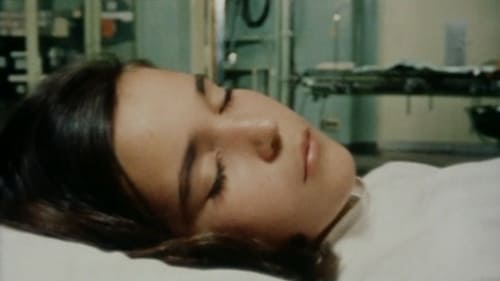
Pollet and Schlöndorff imagine the Mediterranean as a supernal arena.

Andy Warhol’s screen adaptation of Burgess's "A Clockwork Orange”.
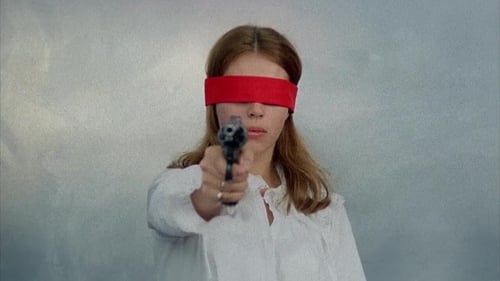
Un grupo de estudiantes universitarios mata el tiempo en un café (que parece un laberinto soñado por Mondrian) representando enigmaticos rituales. Una noche llega un extraño. Se suma a los juegos, les relata historias exóticas de países africanos. Una de las estudiantes, fascinada, decide encontrarse de noche con él en una fábrica abandonada. Una vez allí, la fábrica resulta ser un nuevo laberinto poblado de seres amenazadores: sus propios compañeros...
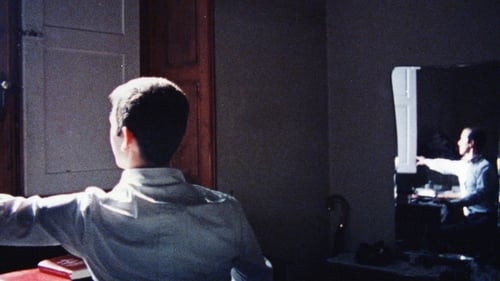
"From the Notebook of..." was shot in Florence and takes as its point of departure Leonardo da Vinci's notebooks and Paul Valéry's essay on da Vinci's process. These two elements suggest an implicit comparison between the treatment of space in Renaissance art and the moving image. The film marks a critical development in the artist's work in that he repeatedly employs a series of rapid pans and upward tilts along the city's buildings or facades, often integrating glimpses of his own face. As Beavers notes in his writing on the film, the camera movements are tied to the filmmakers' presence and suggests his investigative gaze.

A deconstruction of Dog Star Man that takes the four rolls and shows them first combined, then each combination of three rolls, then each combination of two rolls, then each individual roll. The plot is of a man who goes up a mountain with a dog to chop down a tree but has some unspecified transcendental experience while he is there.

"Chronicles of the Present Times" - An experimental trilogy comprising 'Visa De Censure No.X', 'Livre De Famille' and 'Anima Mundi'. New Old flows together footage from more than a decade of his wandering between scenes, sets, and drugs, an accelerated world tour through various iterations of the counterculture.

A tilted figure, consisting largely of right angles at the beginning, grows by accretion, with the addition of short straight lines and curves which sprout from the existing design. The figure vanishes and the process begins again with a new pattern, each cycle lasting one or two seconds. The complete figures are drawn in a vaguely Art Deco style and could be said to resemble any number of things, an ear, a harp, panpipes, a grand piano with trombones, and so on, only highly stylized. The tone is playful and hypnotic.
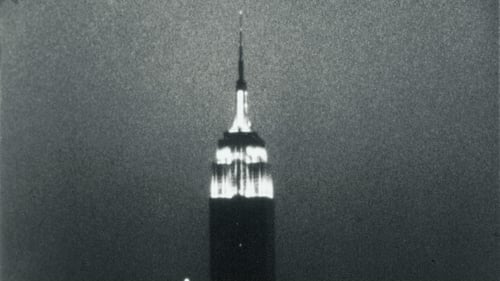
Experimental film consisting of a single static shot of the Empire State Building from early evening until nearly 3 am the next day.

An early impressionist short featuring a woman who dreams of, and escapes into, an autumn forest.
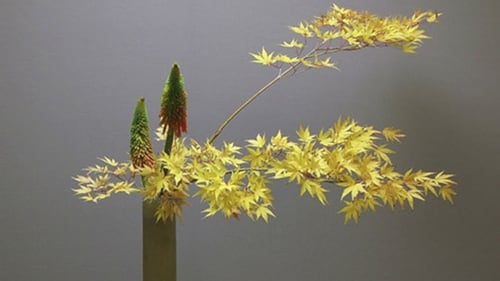
The history and art of ikebana, a centuries old Japanese art of flower arrangement and a look inside the Sogetsu School of Ikebana, where the director's father Sofu Teshigahara worked as the grand master of the school.
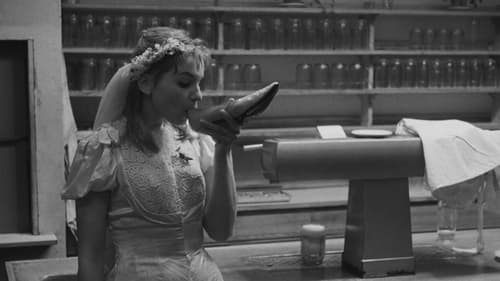
A manifesto of sorts for the Czech New Wave, this five-part anthology shows off the breadth of expression and the versatility of the movement’s directors. Based on stories by the legendary writer Bohumil Hrabal, the shorts range from the surreally chilling to the caustically observant to the casually romantic, but all have a cutting, wily view of the world.
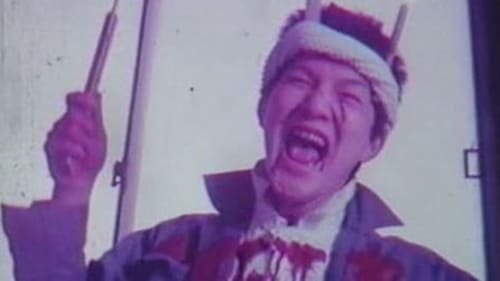
Pig Chicken Suicide is a veritable assault on the senses, mixing violent images of animal slaughter, racial strife, and surrealism to tell the story of two Koreans living in Japan whose love is destroyed due to overwhelming racial discrimination. In explicit abattoir photos and much symbolism, Matsui tells about the struggles of ethnic Koreans in Japan. A butcher's love affair and his relationship with the animals he kills frame the story.
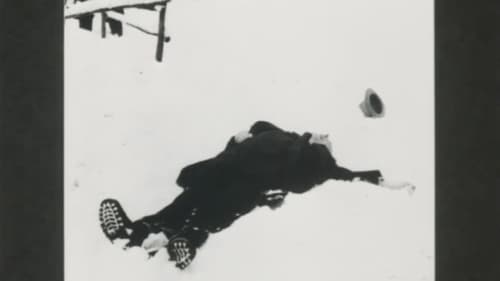
Monteiro moved far away from the visual opulence defined by his earlier films with his inspired adaptation of radical Swiss writer Robert Walser’s anti-fairy tale. Carefully restricting the image track, Monteiro maintains an almost totally black screen in order to focus instead on the voices of Snow White, the Prince, the Queen and the Hunter, engaged in an extended debate about love, free will and the events leading up to the fateful attempt on the maiden’s life. Despite its visual austerity, Snow White is haunted by the arresting images with which it begins – infamous black-and-white photographs of Walser lying dead in the snow after his heart attack outside a Swiss asylum at the age of seventy-eight, a strange realization of the “death of the author” so central to postmodern literary criticism.
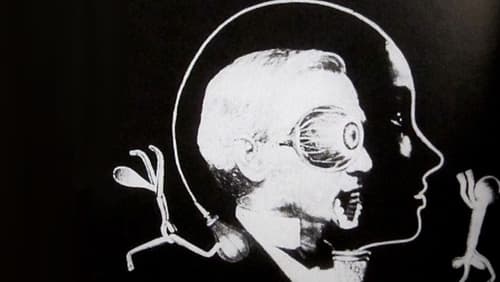
The first part depicts the heroine's toothache consequent to the loss of a very valuable watermelon, her dentistry and transportation to heaven. Next follows an elaborate exposition of the heavenly land, in terms of Israel and Montreal. The second part depicts the return to Earth from being eaten by Max Müller on the day Edward VII dedicated the Great Sewer of London.

Un retrato íntimo de la vida y la obra de un artista del performance y un músico pionero Genesis Breyer P-Orridge (Throbbing Gristle, Psychic TV) y su mujer y colaboradora Lady Jaye, centrado en sus evoluciones sexuales a la par en su projecto de la pandroginia.

La película sigue a una banda de moteros fuera de la ley conocida como "The Impalers", que a su paso por la carretera estatal va dejando una ola de violaciones y asesinatos. Tras una terrible pelea con la banda rival, los "Satan’s Own", los supervivientes deciden esconderse en una cabaña aislada en las montañas del norte de Georgia. Lo que parecía un infierno para los habitantes de la casa, se termina convirtiendo en una pesadilla de depravación y la violencia para la panda de moteros, cuando descubren que se encuentran en la casa de un científico loco, de su retorcida familia y su ayudante jorobado, mientras que afuera, en el bosque, acecha un monstruo que se dedica a devorar carne humana y que hace imposible la huida...

This short experimental film tells the story of a man who comes to Hollywood to become a star, only to fail and be dehumanized. He is identified by the number 9413 written on his forehead.
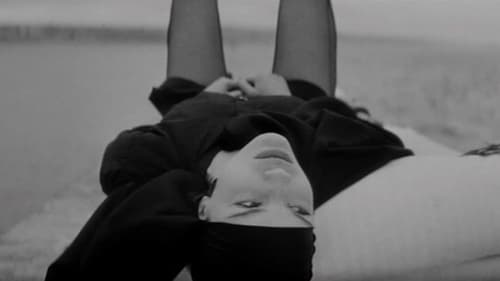
La Virgen María da a luz a un Jesús ya adulto que desde el primer momento se encuentra a disgusto en la Tierra y clama al cielo tratando de que su Padre atienda sus quejas. A lomos de un burro, Jesús emprende sin ninguna convicción su camino para, con la ayuda de un megáfono, tratar de difundir su mensaje en un mundo permanentemente hostil que no quiere escucharle.

Experimental short uses Ray Charles' “What'd I Say” as accompaniment to constantly shifting collage of female nude, cartoons, and newsreels of atomic bomb explosions.
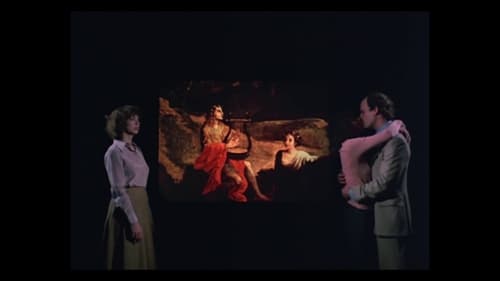
An experimental drama that spins the tale of a woman, her sister, and the man who completes the triangle. Told through such fertile sources as grand opera, classical painting, and Victorian melodrama.




















